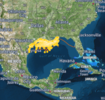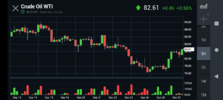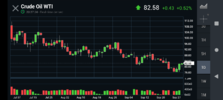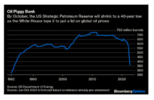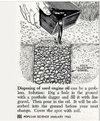- Joined
- 20 July 2021
- Posts
- 12,066
- Reactions
- 16,791
until somebody needs delivery ( apart from China and India )OIL (BRENT) PRICE CHART
OIL PRICE continues its downward path.
Crude Oil Price Today | WTI OIL PRICE CHART | OIL PRICE PER BARREL | Markets Insider
Oil Price: Get all information on the Price of Oil including News, Charts and Realtime Quotes.markets.businessinsider.com
watch out for rigs ( in the west ) being moth-balled because they are not currently economic


